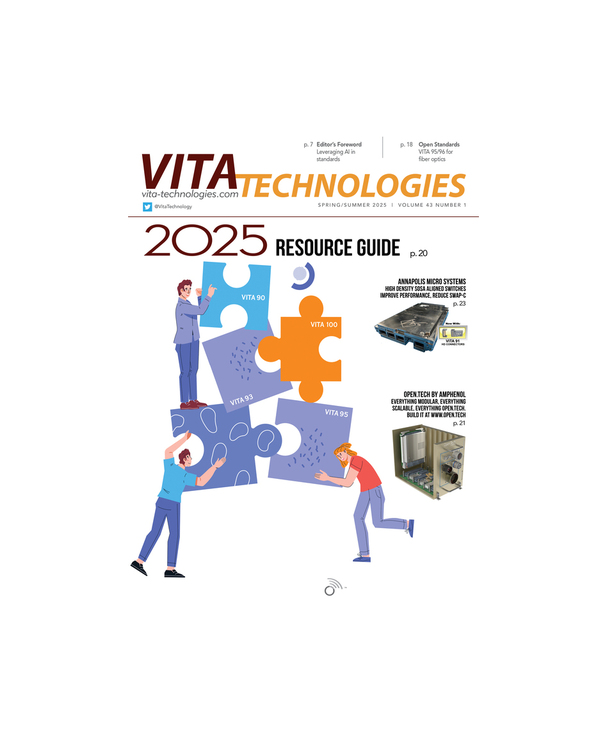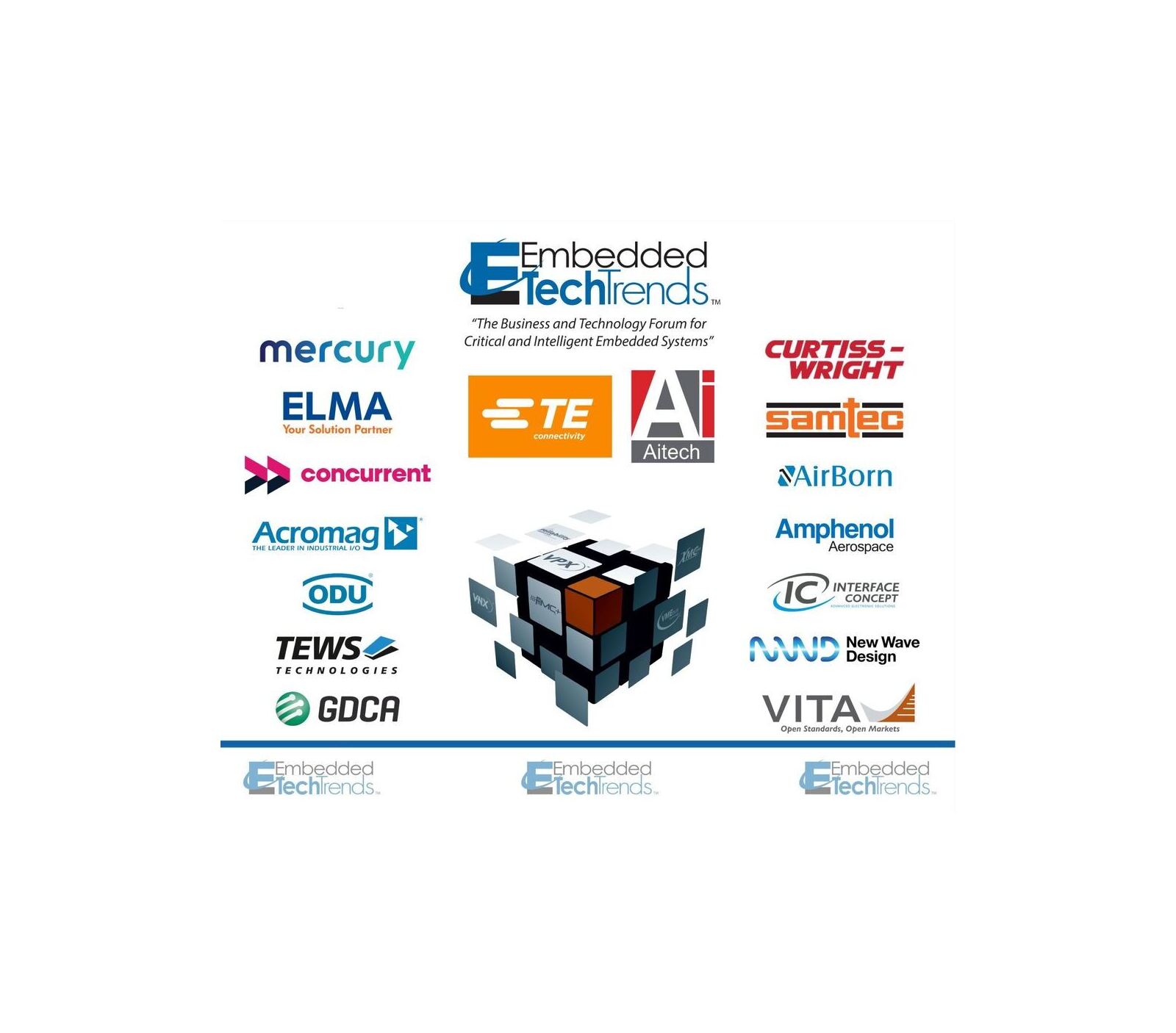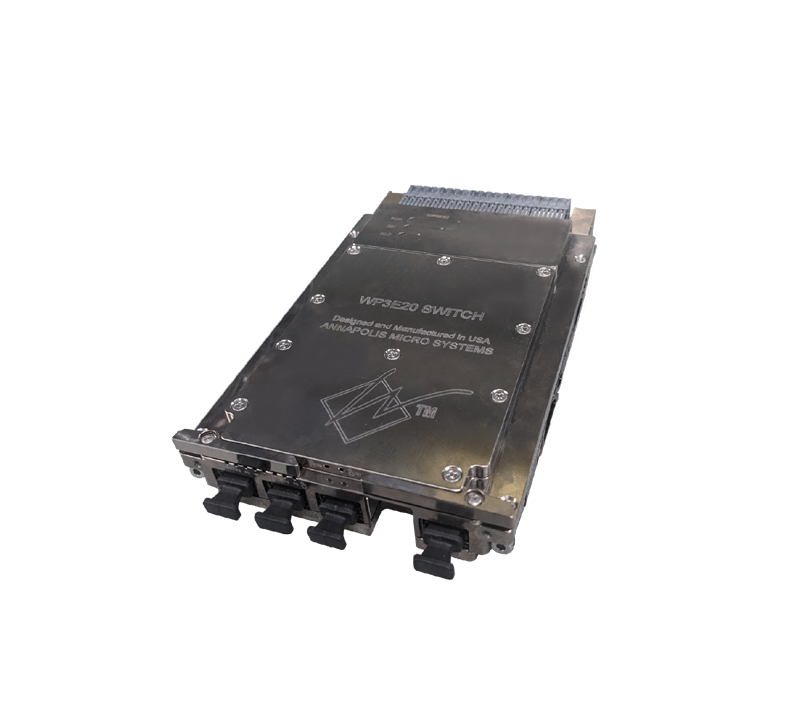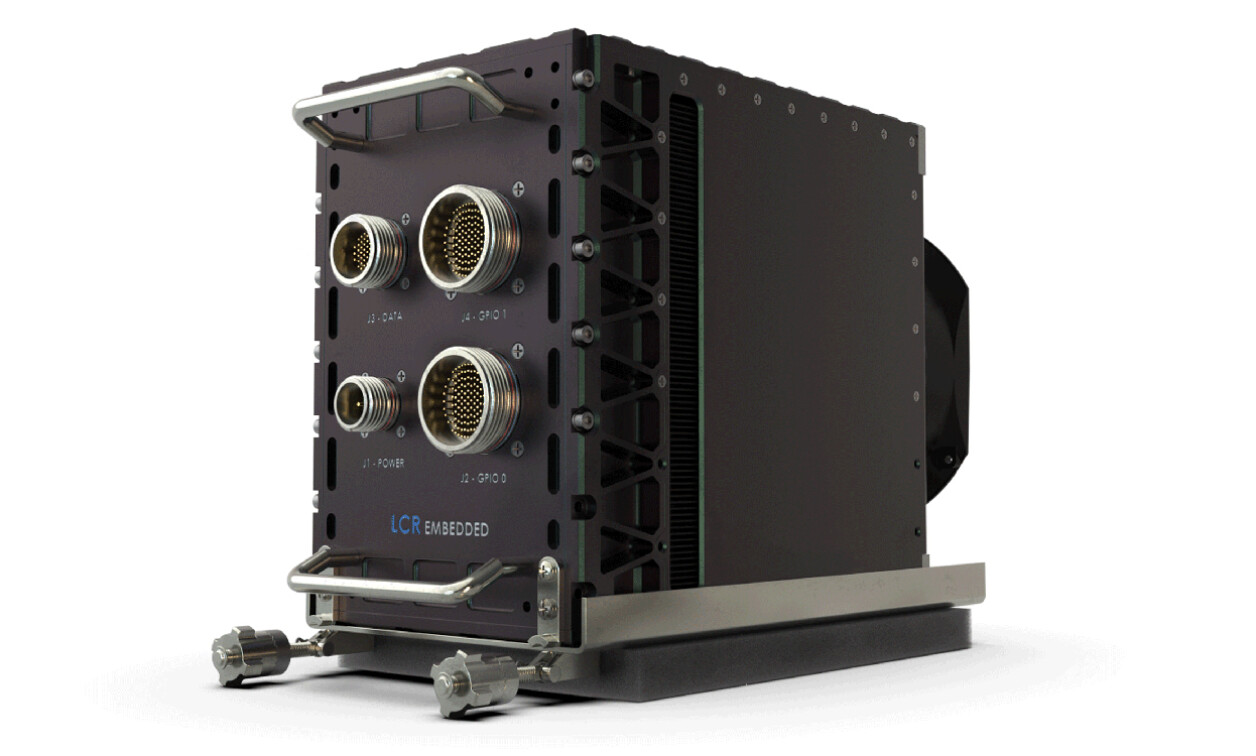
Virtual ETT Zoom image provided by Jerry Gipper
Deciding to hold Embedded Tech Trends 2021 was a very challenging decision during a global health emergency. Embedded Tech Trends is – by design – a small yet extremely effective forum during which suppliers of components, boards, and system-level solutions can meet exclusively with members of relevant industry media to discuss technologies, trends, and products. One of the primary goals of the event is to encourage networking amongst peers and members of the media. Achieving this goal virtually would be difficult at best.
It was clear early in 2020 that holding a traditional event during a pandemic would not be possible. The traditional format depends on a mix of industry sponsors and media gathering at an event center for presentations and one-on-one meetings. I agonized for months over alternative strategies that would both be informative and enable some degree of networking.
After a lot of contemplation, my advisory team settled on a virtual conference, conducted via Zoom, that brought in the media attendees as members of the panel. In this way, they could ask questions directly and interact with the other panelists. They were encouraged to enable video (you know, “turn on your camera!”) to make the event more personal. Attendees could listen in on the panelists while also being able to submit online questions.
Since the event would be live online, it was decided that the time should be no more than two hours, with time reserved at the beginning and end for the media to talk to the presenters. The time limitation combined with no sponsorships meant that a focused theme would be very important.
The team chose “Community of Open Standards, Sharing the Vision” as the theme. We agreed to invite a mix of standards organizations that complemented each other and the mission of Embedded Tech Trends. The presenters were encouraged to weave the message of the theme into their discussion.
To make the event a bit more unusual, informative, and a bit entertaining, several Kahoot! competitions were used to test the audience and gather feedback on the nontraditional format of Embedded Tech Trends 2021. The feedback following the virtual forum was very positive, with the audience saying that they were happy to have the opportunity to network virtually. Several commented that it was the best way to connect, considering the circumstances, although not better than in person!
The following is a synopsis of the presentations:
PICMG 2021
By Jess Isquith, President, PICMG(www.picmg.org)
Jess Isquith was the leadoff presenter, kicking things off with a brief overview of PICMG overview and introduction of leadership. Her focus was on key 2021 PICMG initiatives in the areas of COM-HPC, CompactPCI Serial, MicroTCA, and IIoT.
The Computer-On-Module concept is very popular in many applications, enabling a faster time to market and reduced cost to integrators using these modules. PICMG has developed standards for high-performance modules that are being announced now. The base specification will complement a Platform Management Interface Specification, COM-HPC EEEP, and Carrier Board Design Guide. Jess highlighted the online COM-HPC Academy as an educational resource for engineers evaluating the new PICMG COM-HPC specification. The COM-HPC specification was approved and ratified by PICMG members just after Embedded Tech Trends 2021.
Doug Sandy, PICMG CTO, updated the audience on key IIoT [Industrial Internet of Things] initiatives. In support of IIoT, PICMG announced the ratification of the MicroSAM specification. MicroSAM is a new microcontroller-agnostic, ultra-small-form-factor module for the enablement of smart sensors.
The MicroTCA modular open standard is increasingly being used in particle accelerators, plasma fusion, photon science for data acquisition, and fast feedback. In addition, PICMG is expanding the roadmap to include higher performance processors, FPGAs, and faster I/O.
CompactPCI Serial is undergoing enhancements to include:
- Support for PCIe GEN 4 and GEN 5
- In addition to 1000BaseT and 10GBaseT, Ethernet KR4 shall also be supported
- Support for USB 3.2 + (USB 4 now feasible!)
Jess wrapped by reinforcing that PICMG has several collaboration efforts underway with other standards developers including VITA, DMTF, OCP, and SGET. Open standards encourage innovation and differentiation amongst multiple vendors – interoperability is key.
SGET – Standardization Group for Embedded Technologies
By Christian Eder, President, SGET
(www.sget.org)
SGET is new to the Embedded Tech Trends forum, so Christian – who recently took the reins as SGET president – provided the audience with some background on the SGET leadership and the standards that are hosted under the domain of SGET. SGET has several small-form-factor standards under its management.
The SMARC (“Smart Mobility ARChitecture”) is a small-form-factor computer module definition targeting applications that require low power, low costs, and high performance. The modules typically use Arm SOCs where the power envelope is typically under 6 W.
The Qseven concept is a Computer-On-Module that integrates all the core components of a common PC and is mounted onto an application specific carrier board. Qseven modules have a standardized form factor of 70 mm x 70 mm or 40 mm x 70 mm and have specified pinouts based on the high-speed MXM system connector. A single ruggedized MXM connector provides the carrier board interface to carry all the I/O signals to and from the Qseven module.
Embedded NUC [Next Unit of Computing] specifies an industrial standard for small form-factor PCs inspired by the Intel NUC systems that are used in consumer products. With its PC power, Embedded NUC presents an attractive solution for industrial applications targeting a wide range of appliances while providing numerous interfaces in a compact format.
The Universal IoT Connector (UIC) is a software-only standard to enable any embedded hardware to exchange data between embedded devices and a cloud-hosted infrastructure. To overcome the obstacle of proprietary implementations for wrapping data coming from sensors, publish it securely to a cloud server infrastructure, and visualize it, UIC defines the key parts on the embedded hardware required to provide a generic set of API calls and security standards for an end-to-end solution.
The Open Standard Module specification allows for developing, producing, and distributing embedded modules for the most popular MCU32, Arm, and x86 architectures. For a growing number of IoT applications, this standard helps to combine the advantages of modular embedded computing with increasing requirements regarding costs, space, and interfaces.
How Will You Shape Critical and Embedded Computing?
By Jerry Gipper, Executive Director, VITA
(www.vita.com)
Jerry began with a brief overview of VITA. The VITA organization was able to pivot quickly when the pandemic hit and was able to operate seamlessly, with online meetings replacing the traditional bimonthly face-to-face update and working-group meetings.
VITA has many working groups that develop new standards and improve existing standards. Jerry reviewed the list of currently active working groups with a progress report on what is in the pipeline for the coming year. No fewer than 18 working groups currently have projects underway.
Over the past two years, VITA has been developing an updated roadmap for interconnect standards used in the various standards supporting VPX technology. This roadmap covers everything from the backplane to mezzanines, power supplies, connectivity, and I/O in support of VPX. The roadmap shows a progression of the interconnect standards and points to the challenges yet to be addressed in the next generation of standards. (See Figure 1.) This roadmap builds on work presented by TE Connectivity at past Embedded Tech Trend forums. VITA announced the release of two standards, ANSI/VITA 46.30-2020 and VITA 46.31-2020, that support higher data rates for VPX. VITA works with several other standards developers to encourage the adoption and ensure the success of open standards that help to open markets to the embedded computing industry.
The Open Group SOSA Consortium
By Dr. Ilya Lipkin, Technical Expert, SOSA Consortium
(www.opengroup.org/sosa)
The SOSA Consortium has made a major impact on the use of open standards in U.S. Department of Defense (DoD) applications using embedded computing technology. Dr. Lipkin – an engineering expert who works with the Air Force Life Cycle Management Center (AFLCMC) – is the driving force behind that impact. He reviewed the current status of the efforts underway with the SOSA Consortium and key programs working in conjunction with the SOSA Consortium: C5ISR CMOSS and HOST. These programs have been receiving strong endorsement support at very high levels, most recently garnering a highlight in the William M. (Mac) Thornberry National Defense Authorization Act for Fiscal Year 2021 report by the Committee on Armed Services House of Representatives on H.R. 6395. The committee recognized the efforts and highly recommended that “CMOSS and SOSA military electronics standards be more tightly connected to use the same hardware pinout standards and, more importantly, the same software data transport protocols, such as the Modular Open RF Architecture (MORA), to further solidify a common Department of Defense-wide technical approach to create an open systems architecture standard by which small businesses and large primes can compete.” Dr. Lipkin shared a lengthy list of companies involved in the open standards efforts; he also reviewed an impressive and growing list of programs of record that are benefiting from the efforts, further reinforcing the adoption of the open systems strategy. His teams have developed a roadmap of key technologies that are important to future standards. (See Figure 2.)
Dr. Lipkin ended his presentation with a challenge to the VITA community. He recognizes that technology moves forward quickly so his challenge is: “Develop the next generation of VITA connectors in four years or less!”
In this vein, several SOSA Consortium members actually did announce the availability of SOSA-aligned products at Embedded Tech Trends.
Everyone looks forward to meeting in person in 2022.
All of these presentations are posted at www.EmbeddedTechTrends.com.
(Image provided by Jerry Gipper.)









